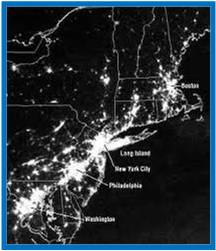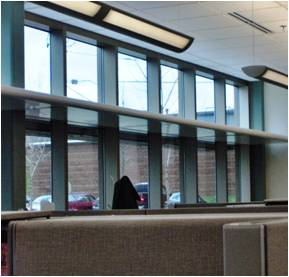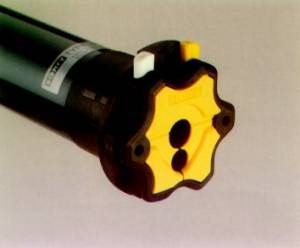Below is a summary of which window covering products and/or systems may qualify for credits when applying for various levels of LEED Certification. The LEED Reference Guide for Green Building Design and Construction, 2009 edition was the source used for the information in this document.

Sustainable Sites
Credit 8, Light Pollution Reduction:
This credit has two parts, interior lighting control and exterior lighting control. Both parts must be satisfied to earn this credit. The interior lighting portion of this credit has two compliance options to choose from. Decorating with Fabric’s motorized shades, used in conjunction with Decorating with Fabric controls, can meet the option 2 compliance method for the interior lighting portion of the credit:
“All exterior openings, such as windows, must have shielding that can be automatically controlled and programmed to close from 11:00 p.m. to 5:00 a.m. Shielding options include automatic shades that have less than 10% transmittance. An example is a timer-controlled automated rolling shade with the appropriate light transmittance.”1

Light Pollution in the Northeast
Credit 9, Tenant Design and Construction Guidelines:
This credit is only for LEED Core & Shell (CS). The intent of this credit is to educate tenants on sustainable design for their tenant improvement build-out. One of the LEED 2009 credits to be addressed is Daylighting and Views. Window shades are an excellent choice to control glare when pursuing a daylighting strategy.
“So that tenants can optimize daylighting, a LEED for Core & Shell commercial office building design should consider floor-to-ceiling heights, the bay size, the type of glazing, and the depth of occupied spaces. Daylight shelves and glare control devices should also be considered.”2

Energy & Atmosphere
Prerequisite 2- Minimum Energy Performance
To achieve LEED certification all prerequisites must be satisfied. This prerequisite requires a 10% improvement (55% for existing buildings) compared with the baseline building performance rating. Decorating with Fabric’s motorized shades, operating based on the sun’s movement through automated controls such as the Decorating with Fabric Digital Network, will increase energy efficiency. Motorized shades should be included in the energy model.

Credit 1- Optimize Energy Performance
This credit is worth up 19 points. The minimum energy cost savings percentage is 12% for new buildings and 8% for existing building renovations. Additional points (up to 19) can be awarded for greater percentage savings. Decorating with Fabric’s motorized shades, operating based on the sun’s movement through automated controls such as the Decorating with Fabric Digital Network, will increase energy efficiency. Motorized window shades should be included in the energy model.
“Manually controlled interior shading devices such as blinds and curtains should not be modeled. Automatically controlled interior shading devices can be modeled…”4
Indoor Environmental Quality
Credit 4.5- Low-Emitting Materials- Furniture and Furnishings
This credit is for LEED SCHOOLS, and applies to classroom furniture. One compliance option is to provide furniture that is GREENGUARD Children and Schools certified. If low-emitting products in schools—or any facility—is important to you, Decorating with Fabric has a wide range of GREENGUARD Children and Schools-certified products. Many of our window shade fabrics are certified.
1 P. 134, LEED Reference Guide For Green Building Design and Construction, 2009 Edition
2 P. 145, LEED Reference Guide For Green Building Design and Construction, 2009 Edition
3 P. 217, LEED Reference Guide For Green Building Design and Construction, 2009 Edition
4 P. 270, LEED Reference Guide For Green Building Design and Construction, 2009 Edition

